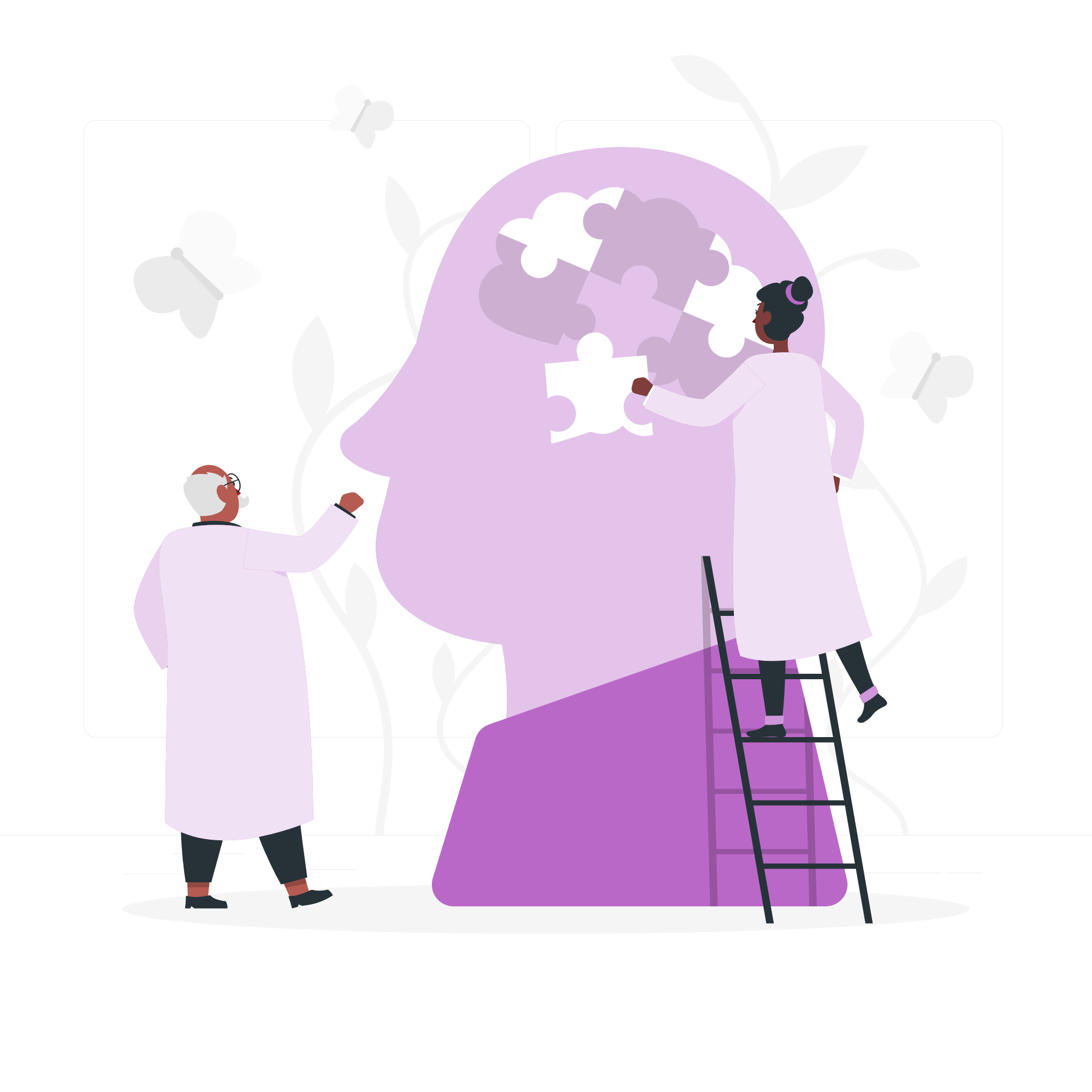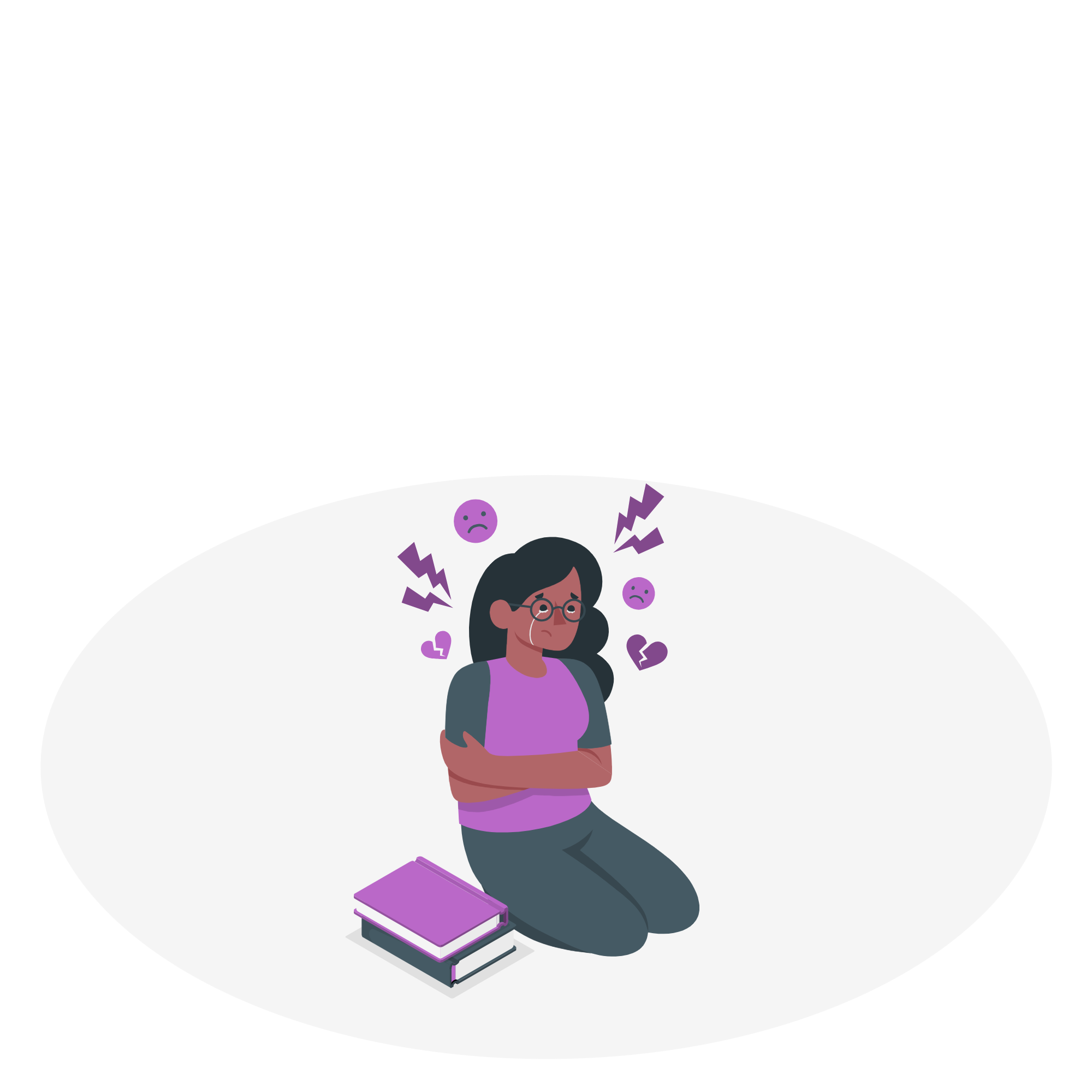Research coordinated by IDOR sheds light on a less widespread symptom, which can be confused with psychosis
Unreal concerns about one’s own identity are a warning sign for various psychiatric conditions, such as dissociative identity disorder – formerly known as multiple personality disorder – and schizophrenia. What is less known even in clinics and medical offices is that this characteristic can also be a symptom of Obsessive-Compulsive Disorder (OCD). A recent study sought to characterize this symptom in an article published in the Australian & New Zealand Journal of Psychiatry. The research was coordinated by the D’Or Institute for Research and Education (IDOR) and the Federal University of Rio de Janeiro (UFRJ), with the participation of the Federal University of São Paulo (Unifesp), University of São Paulo (USP), Federal University of Health Sciences of Porto Alegre (UFCSPA), and Monash University, Australia.
Transformation OCD involves an obsession related to changes, transformations, or alterations of physical and mental identity. These obsessions can lead, for example, to a constant fear of turning into an undesirable person through touch or breathing, as well as aesthetic compulsions such as frequent plastic surgeries, excessive exercise, or extreme diets. An important difference between OCD transformation obsessions and delusional beliefs of people with schizophrenia lies in the self-criticism that individuals with OCD exhibit. Unlike individuals with schizophrenia, those with OCD actively struggle against their symptoms.








